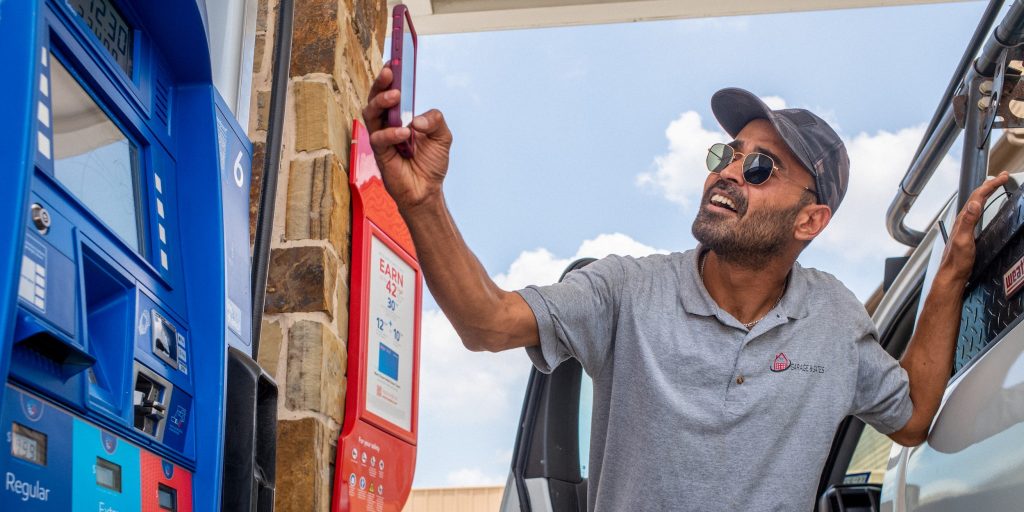- Inflation has Americans feeling the worst about the economy on record.
- Yet the current recovery is leagues better than the rebound from the Great Recession.
- Finances recovered in a fraction of the time, and the labor market is giving workers long-overdue power.
Americans have experienced two vastly different recessions and recoveries over the past 14 years, and they're much angrier about the one that, by most economic measures, has been far better.
The years after the Great Recession saw the economy heal at a painfully sluggish pace. Employment didn't fully rebound for more than six years. Households' finances didn't recover for five years. Inflation largely trended below the Federal Reserve's 2% target, but the economy was operating well below its full potential.
The coronavirus recovery almost completely flipped the script. Generous stimulus helped household balance sheets fully rebound in a matter of months, not years. The jobs recovery ran at a pace three times faster than that seen after the 2008 crisis. And inflation surged, hitting the fastest pace since 1981 and showing little sign of cooling off.
It's clear that, despite the much faster and stronger growth of the post-coronavirus economy, this recovery has Americans feeling worse than the slow climb back after the Great Recession. Consumer sentiment plummeted to an all-time low in June, according to the University of Michigan's Surveys of Consumers, extending a downward trend that began in early 2021. That measure stands to tumble even further, as data out since the survey was conducted showed inflation bouncing to fresh highs in May.
Inflation presents a major problem for the US economy, particularly for low-income households that are less able to pay up for necessities like food and shelter. There's also the risk that the Fed's efforts to cool price growth will throw the economy into a recession.
For now, the sharp decline in sentiment strikes at an unusual divide taking place in the US economy: The current recovery has been unequivocally better for most Americans than the last one. They just aren't feeling it.
The pandemic's hit to household finances was a blip, not a plunge
Inflation is hammering Americans' wallets throughout the economy, from gas stations and grocery stores to airports and restaurants. Yet households are also far better equipped to handle higher prices than before the pandemic.
It took just two quarters for the amount of money US households held in aggregate to climb above its pre-pandemic level, according to data from the Fed. Finances were largely buoyed by the direct payments approved by Congress early in the pandemic, as well as through other aid measures like expanded unemployment benefits. Household balance sheet totals now sit about 28% above the levels observed in the fourth quarter of 2019.
By comparison, it took 20 quarters — five whole years — for Americans' finances to recover after the Great Recession. It took six quarters for balance sheets to hit a nadir of a nearly 16% decline, whereas finances had already rebounded 22% at the same period after the coronavirus recession.
Inflation has only just started to chip away at the rally. Finances declined slightly through the first quarter of 2022, reflecting the impacts of higher prices and dwindling stimulus support. Still, it would take many more quarters of surging inflation and drawing down of savings to pull balance sheets back to pre-crisis levels.
The labor market isn't just thriving — it's the best its been for workers in decades
The labor market's recovery through the 2010s isn't the toughest bar to clear — the rebound was the slowest in modern US history, with nonfarm payroll employment not returning to the pre-recession peak until 76 months after the downturn started.
The US endured a decline in employment during the coronavirus crash that was twice as severe as the Great Recession's, yet the rebound has been markedly faster. Nonfarm employment is now just 0.5% below the pre-crisis level. The economy is on pace to complete its jobs recovery by the end of July.
The speed of the rehiring effort yielded several other promising trends. Intense demand for workers has boosted wages at the fastest pace since at least 2001. There are two job openings for every available worker, meaning companies are competing over employees. Americans are also quitting at a near-record rate, signaling workers are confident in their ability to find new jobs with better pay, benefits, or working conditions.
The length of the Great Recession's jobs recovery, meanwhile, brought some nasty side effects. While job loss of any duration brings a loss of income, long-term unemployment usually brings bigger setbacks. Long-term unemployed workers tend to earn less once they find new work and suffer from permanently lower wage potential, according to a 2016 paper published by the National Bureau of Economic Research. A lack of fresh experience can also start a vicious cycle in which unemployed workers are passed up for those who were in the labor force more recently.
To be sure, the past two recessions were created by extremely different circumstances. The Great Recession was sparked by a financial crisis, and as such featured a sudden decline of Americans' trust in the banking sector. The coronavirus recession was born out of nationwide lockdowns and other measures to curb the virus's spread. Once vaccines were rolled out and the economy reopened, activity surged accordingly.
Yet every recession is inevitably compared to the prior one, and each of the last two downturns featured unprecedented economic damage. Inflation remains the biggest risk weighing on the economic outlook, and failure to slow the price rally could usher in a new crisis. But as the economy swings closer to a full recovery, Americans seem to be ignoring the pros of the current rebound and focused solely on rising prices.
